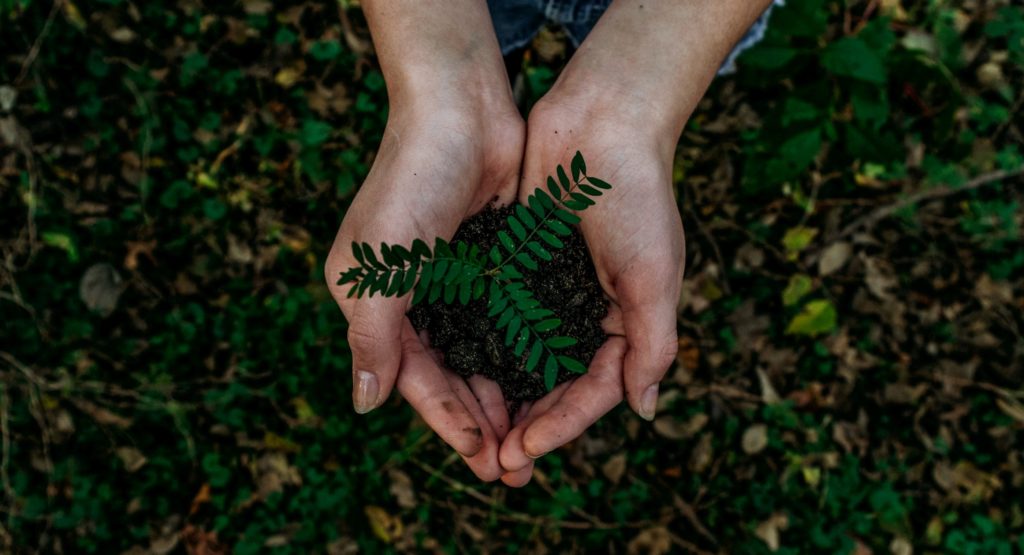Non-food cravings during pregnancy

It’s no secret that cravings are a common symptom for women during pregnancy. Having non-food cravings in pregnancy is more common than most people think but because of the health concerns associated with these types of cravings it is worth discussing them with your healthcare provider.
The term pica is used to describe the craving and compulsive consumption of non-food substances for greater than one month (2010 Annu. Rev. Nutrition). The exact percentage of pregnant woman with pica world-wide is unknown largely because it goes unreported. It is estimated to be one fifth of all pregnant women but can be as high as 60% in some cultures. For example, in Kenya eating soil is a female practice for fertility and reproduction.
There are different classifications of pica depending on the substances ingested. The main groups include:
- Geophagia – earth (clay, dirt, stones, sand)
- Pagophagia – ice or freezer frost (most people wouldn’t consider this craving to be harmful but pagophagists typically consume anywhere from one cup to one kg of ice per day which can lead to adverse health concerns)
- Amylophagia – raw starches (corn starch, laundry starch)
- Other – anything from paint chips, hair, wax, to burnt matches and charcoal.
The exact cause of non-food cravings during pregnancy is unknown. The most common theory suggests a nutritional deficiency especially for minerals (iron, zinc and calcium) but whether this is a cause or a consequence is undetermined. Another theory suggests pica is a response to stress and anxiety, a nervous habit much like how some people bite their nails.
There are many risks associated with pica and a few include:
- Intestinal upset, constipation, bowel obstruction
- Electrolyte imbalances – can lead to edema, heart and kidney issues
- Dental concerns such as cracked teeth
- Gestational diabetes and excessive weight gain – specifically with the amylophagia
- Toxic metal ingestion – lead poisoning is very dangerous for the kidneys and brain
- Infection – especially with geophagia as many organisms live in the soil including parasites like toxoplasmosis which can damage your baby’s nervous system.
It’s not a bad idea to discuss all of the cravings you are experiencing during pregnancy and always inform your healthcare provider if you are craving or consuming a non-food substance or something that you or others find strange.
Click here for more information on food and non food cravings.
Previous Post
Next Post
Sleep is so important but the optimal amount is different for each family member.
It depends on age and other factors.
Find out the healthy sleep ranges by age, for you and your growing family.
Starting with babies (newborn to one year),
toddlers, preschoolers, school aged
children, teens and adults.
Guide to optimal family sleep (daytime naps & at night)
FREE download
Be the first to know about special
offers and resources
for our community only.
Don't miss out!
Become a Calm Parent Insider
FREE gifts & resources
CALMMOTHER LIMITED © 2023 | ALL RIGHTS RESERVED
terms | privacy | contact
Simplifying life for parents so you can focus on what matters most to you.
Live your best life with kids!
+ Show / Hide Comments
Share to: